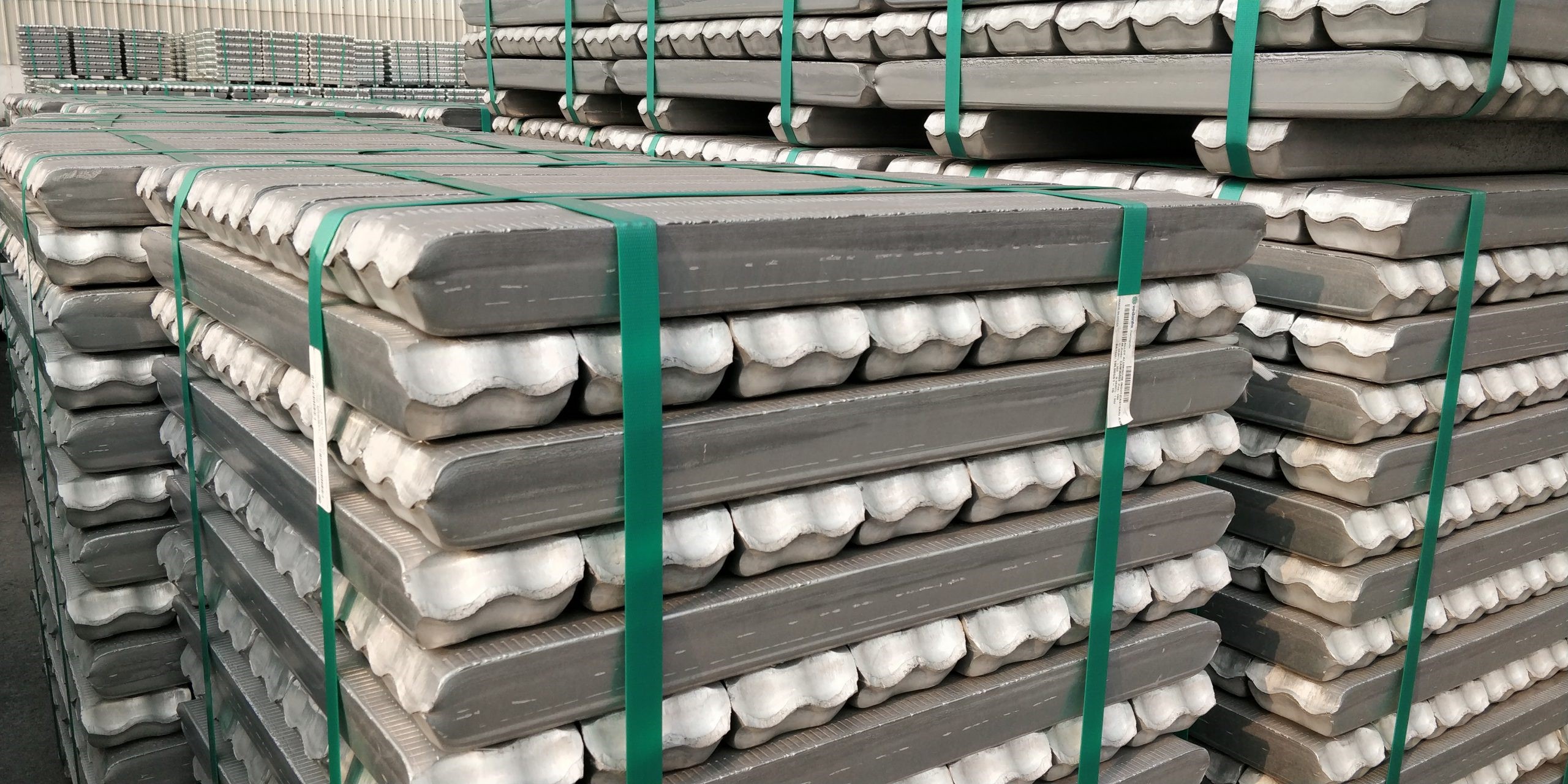

On August 28, aluminium prices subsided by 0.18 per cent to RMB 198.10, though Beijing attempted to strengthen the currency by swapping state-owned banks in offshore markets. This move aimed to extract yuan and increase the cost of shorting the currency.
The People's Bank of China (PBOC) reduced its one-year loan prime rate by 10 basis points to a historic low of 3.45 per cent on August 21 while keeping the five-year loan prime rate unchanged at 4.2 per cent. Earlier in the month, the central bank also lowered its seven-day reverse repo and one-year medium-term lending facility rates.
{alcircleadd}
The yuan was further affected by economic uncertainties and an intensifying property sector crisis in China, as well as a widening interest rate differential. China reported a 6.7 per cent decline in the profits of its industrial firms in July, marking the seventh consecutive month of weak demand.
Domestic aluminium output in China was up by 1.95 per cent YoY in July 2023, with an average daily production of approximately 115,100 tonnes. The total domestic aluminium production from January to July grew by 2.7 per cent YoY to 23.676 million tonnes.
Technically, the market is undergoing long liquidation, with open interest remaining unchanged. Aluminium is expected to receive support at RMB 197.50, with a possible test of RMB 196.70 levels if it falls below that. Resistance is likely to be seen at RMB 199.40, with prices testing RMB 200.50 if it moves above that mark.



Responses






